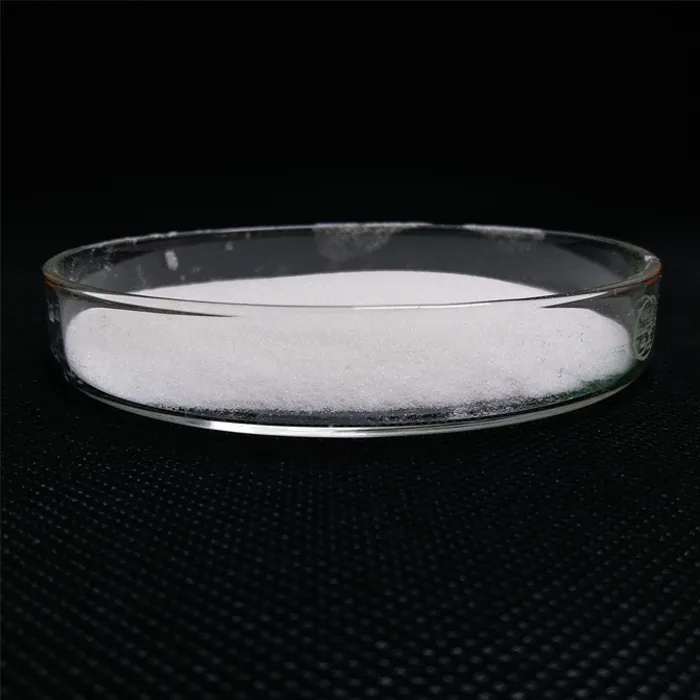Understanding the Chemicals Used in Chilled Water Systems
Chilled water systems are essential in various industries and commercial buildings for maintaining optimal temperature conditions. They play a crucial role in air conditioning, refrigeration, and industrial processes. To operate efficiently, these systems often incorporate a variety of chemicals. In this article, we will explore the primary chemicals used in chilled water systems, their purposes, and considerations for their use.
Types of Chemicals in Chilled Water Systems
1. Antifreeze Agents One of the most critical components in chilled water systems is the antifreeze solution. Glycol, particularly ethylene glycol or propylene glycol, is commonly used. These chemicals lower the freezing point of water, preventing ice formation in the piping and coils during colder months. Ethylene glycol is widely used due to its cost-effectiveness and efficiency, but propylene glycol is favored in applications where food safety is a concern, such as in food processing or pharmaceutical industries.
2. Corrosion Inhibitors Over time, the metal components of chilled water systems can corrode due to chemical reactions with water or other substances. To combat this, various corrosion inhibitors are added. Common inhibitors include phosphates, nitrates, and molybdates. These chemicals create a protective layer on metal surfaces, preventing rust and extending the lifespan of the system.
3. Biocides In chilled water systems, stagnant water can promote the growth of bacteria, algae, and other microorganisms. This not only affects the efficiency of the system but can also pose health risks. Biocides are chemicals specifically designed to control microbial growth. Common biocides include chlorine compounds, quaternary ammonium compounds, and isothiazolinones. Regular monitoring and treatment with these chemicals are crucial to maintain system hygiene and efficiency.
4. Scale Inhibitors Water hardness can lead to scale formation within chilled water systems, which negatively impacts heat transfer efficiency. Scale inhibitors, typically in the form of polyphosphates or acrylic copolymers, are used to prevent this buildup. They function by disrupting the crystallization process of minerals, thereby keeping them in suspension and preventing them from depositing on system components.
what chemical used in chilled water

Environmental and Safety Considerations
While these chemicals play crucial roles in the efficient functioning of chilled water systems, it's essential to consider their environmental and health impacts. For instance, ethylene glycol is toxic and poses risks if released into the environment. Therefore, systems must be designed with proper containment and leak detection measures.
Moreover, the use of biocides requires careful application and monitoring to prevent harmful effects on local ecosystems and water sources. Many industries are switching to more environmentally friendly alternatives, such as plant-based biocides, which can mitigate harmful impacts without sacrificing effectiveness.
Regular Maintenance and Chemical Management
The success of chilled water systems heavily relies on routine maintenance and effective chemical management. Operators should regularly check the concentration of various chemicals and ensure they are within recommended levels. Using chemical analysis kits or engaging professional services can help maintain system chemistry, ensuring optimal performance.
Conclusion
Chilled water systems are vital for many applications, and the chemicals used within them are equally important for their operation. From antifreeze agents and corrosion inhibitors to biocides and scale inhibitors, each chemical plays a specific role in enhancing efficiency and longevity. Attention to environmental and safety protocols is critical, as is regular maintenance to ensure that these systems run smoothly throughout their operational life. Understanding and managing the chemicals in chilled water systems not only leads to better performance but also contributes to sustainability and safety in industrial and commercial settings. By taking a proactive approach, operators can ensure that their chilled water systems remain efficient and environmentally compliant.

